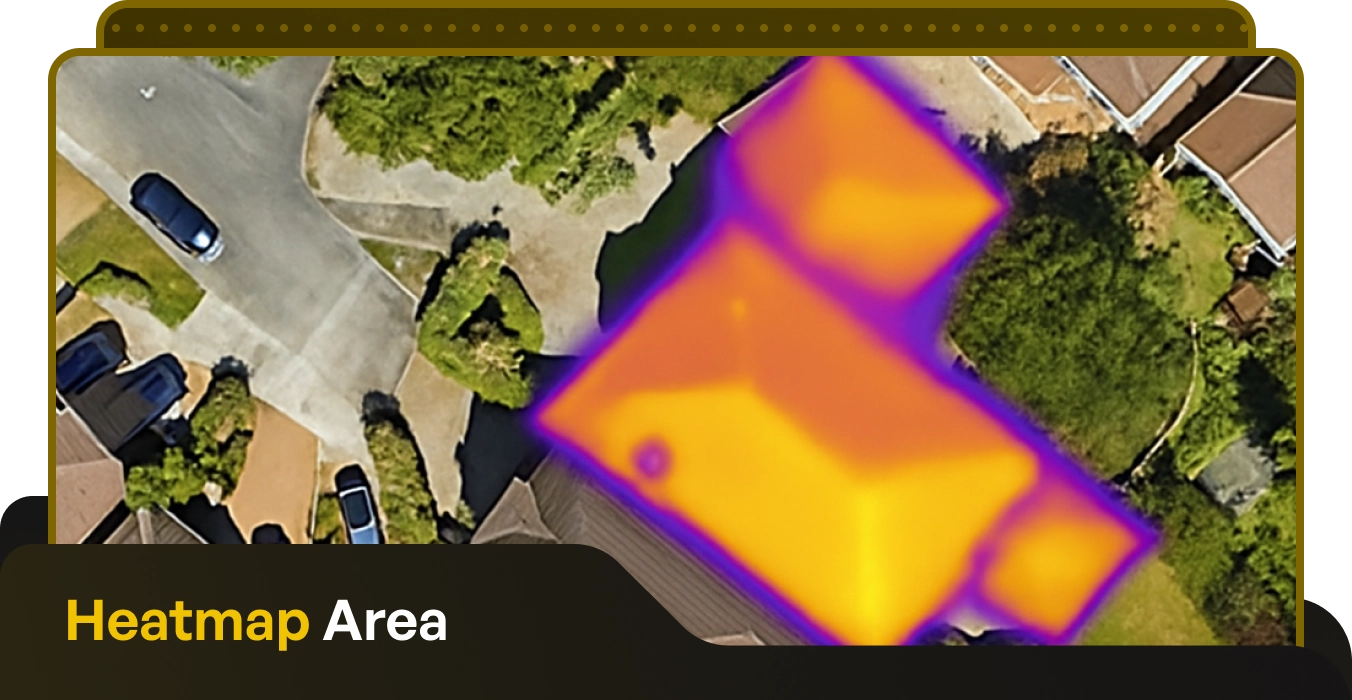Solar Power in Ireland expected to grow 32% annually

Written by: Briain Kelly
Published: February 18, 2025
Last updated: October 8, 2025
Reading time: 1 mins
Solar Power in Ireland is expected to grow rapidly over the next three years, averaging 32% increase in capacity annually between 2025 – 2027.
The International Energy Agency in its latest report Electricity 2025 forecasts strong growth for renewables in Ireland between now and 2027.
The report also highlights the challenges which will come with extreme weather events, paying for the infrastructure needed for our shift to renewables, and growing electricity demand from residential and commercial sectors.
The IEA estimates that Ireland’s solar PV capacity will expand by 32% annually for the next three years, while wind will grow in capacity by an average of 12% yearly.
Wind and solar combined made up 40% of Ireland’s electricity generation capacity in 2024, with wind power making up the lion’s share of 80% of all renewable energy generation.
That said, 2024 was a massive year for solar power, with Ireland’s solar PV capacity exploding by 80% last year.
This pace of growth is expected to slow, but will still continue at a great rate, with solar power outpacing wind in its rate of expansion.
This growth in solar was what largely saw renewables capacity expand by 4.2% last year, while wind generation remained roughly the same as 2023 levels.
The expansion of renewable energy capacity last year kept ahead of the overall increase in demand for electricity, and should continue to do so in the next three years.
The demand for electricity in Ireland grew by 3.8% last year, and is expected to average further growth of 3.3% each year between 2025 and 2027.
Heat pumps taking over as the primary source of central heating, along with the growth of the electric vehicles sector, will see the demand for residential electricity continue to grow.
Data centres in Ireland are estimated to have consumed 6.3 TWh in 2023, according to the Central Statistics Office, an increase of 20% over 2022.
Accordingly, data centres accounted for about 20% of total electricity consumption in 2023, more than the 18% of total electricity consumption by urban households.
Ireland and most other countries are also expected to face higher higher grid tariffs in the years ahead to fund the infrastructure needed for the large scale shift to renewable energy generation.
Extreme weather events and changing weather patterns were also highlighted as something which poses a threat to electricity supply networks, with their potential to have “simultaneous, large impacts on power generation, grids and demand”.
Paddy Hayes, Chief Executive of the ESB, has already indicated that the “massive destructive damage” done to the electricity network by Storm Eowyn will have to be borne by the Irish customer in some form.
Solar Power in Ireland expected to grow 32% annually
Published: February 18, 2025
Last updated: October 8, 2025

Written by: Briain Kelly
Reading time: 1mins
Solar Power in Ireland is expected to grow rapidly over the next three years, averaging 32% increase in capacity annually between 2025 – 2027.
The International Energy Agency in its latest report Electricity 2025 forecasts strong growth for renewables in Ireland between now and 2027.
The report also highlights the challenges which will come with extreme weather events, paying for the infrastructure needed for our shift to renewables, and growing electricity demand from residential and commercial sectors.
The IEA estimates that Ireland’s solar PV capacity will expand by 32% annually for the next three years, while wind will grow in capacity by an average of 12% yearly.
Wind and solar combined made up 40% of Ireland’s electricity generation capacity in 2024, with wind power making up the lion’s share of 80% of all renewable energy generation.
That said, 2024 was a massive year for solar power, with Ireland’s solar PV capacity exploding by 80% last year.
This pace of growth is expected to slow, but will still continue at a great rate, with solar power outpacing wind in its rate of expansion.
This growth in solar was what largely saw renewables capacity expand by 4.2% last year, while wind generation remained roughly the same as 2023 levels.
The expansion of renewable energy capacity last year kept ahead of the overall increase in demand for electricity, and should continue to do so in the next three years.
The demand for electricity in Ireland grew by 3.8% last year, and is expected to average further growth of 3.3% each year between 2025 and 2027.
Heat pumps taking over as the primary source of central heating, along with the growth of the electric vehicles sector, will see the demand for residential electricity continue to grow.
Data centres in Ireland are estimated to have consumed 6.3 TWh in 2023, according to the Central Statistics Office, an increase of 20% over 2022.
Accordingly, data centres accounted for about 20% of total electricity consumption in 2023, more than the 18% of total electricity consumption by urban households.
Ireland and most other countries are also expected to face higher higher grid tariffs in the years ahead to fund the infrastructure needed for the large scale shift to renewable energy generation.
Extreme weather events and changing weather patterns were also highlighted as something which poses a threat to electricity supply networks, with their potential to have “simultaneous, large impacts on power generation, grids and demand”.
Paddy Hayes, Chief Executive of the ESB, has already indicated that the “massive destructive damage” done to the electricity network by Storm Eowyn will have to be borne by the Irish customer in some form.
Solar Energy Saves Households Thousands in Electricity Costs
Take our 2-minute questionnaire and find affordable solar options to suit your budget and lifestyle.



